Description
The focus of Cardio-Respiratory Control in Vertebrates: Comparative and Evolutionary Aspects is the evolution of cardiovascular and respiratory control in vertebrates. Life originated in water, which has constantly changing temperatures and O2 levels. Fish gills can extract up to 80% of their inspired O2, because they have a countercurrent bloodstream. Oxygen sensors have been found within the gill arches of ray-finned fish such as carp and trout, and these O2 sensors screen the inspired water and the capillary blood. Recently, physiology has expanded into related ?elds such as biochemistry, molecular biology, morphology and anatomy. The introduction of DNA-based cladograms, which can be used to evaluate the likelihood of land vertebrates and lung?sh as a sister group, could explain why their cardio-respiratory control systems are similar. The diffusing capacity of a duck lung is 40 times higher than that of a toad or lung?sh. Certainly, some animals have evolved to rich high-performance levels. 538 p.

- Dr. Mogens L. Glass, Editor. Universidade de São Paulo (Brazil). Fac. Medicina, Depto. Fisiologia.
- Stephen C. Wood, Editor. University of New Mexico, Albuquerque, NM (USA). Department of Cell Biology and Physiology, School of Medicine.
- Publication date (reprint original edition 2014 to digital version): 2015-11.
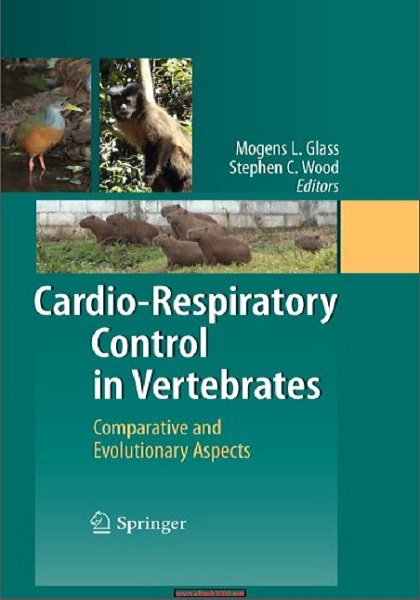
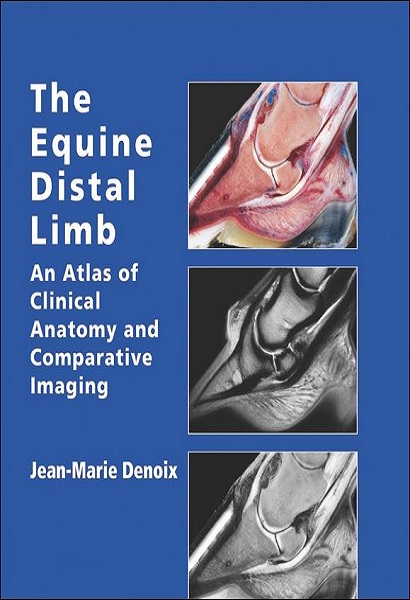
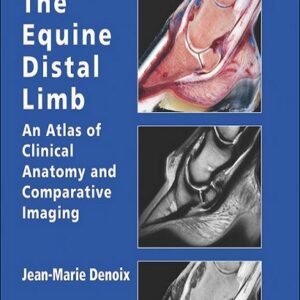
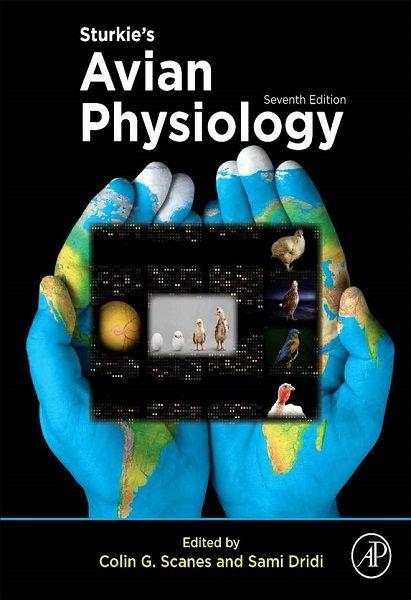

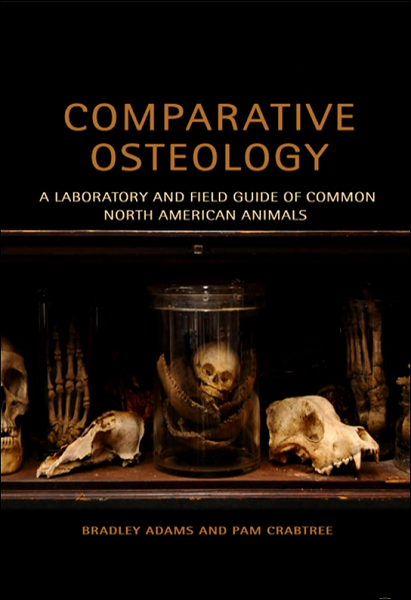
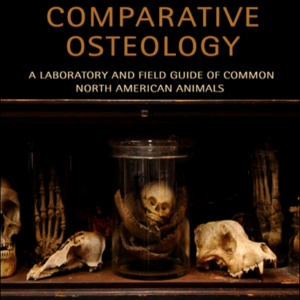
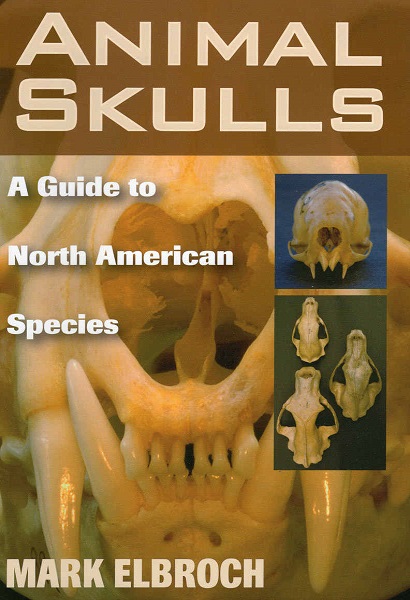
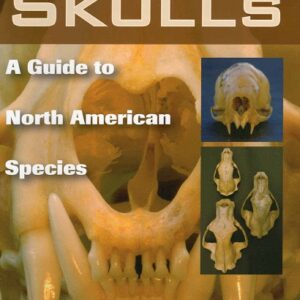
You must be logged in to submit a review.